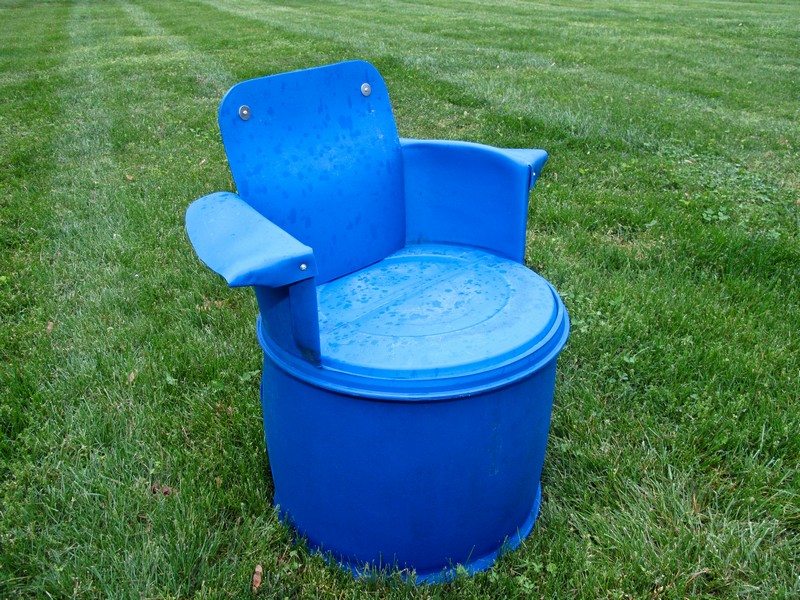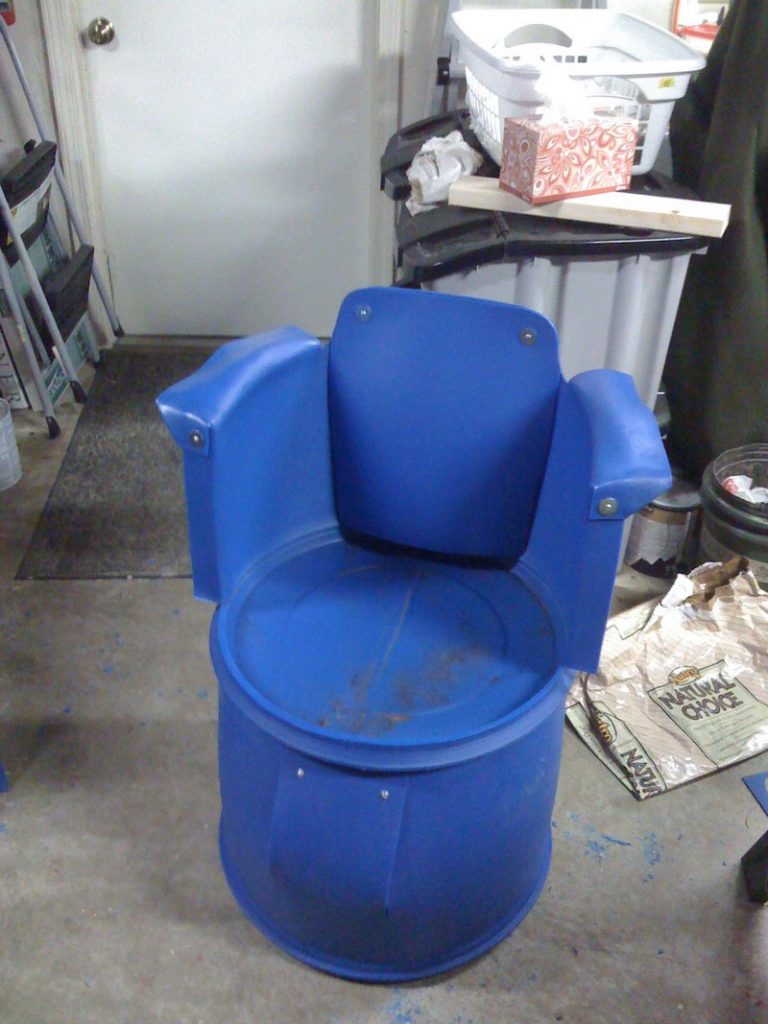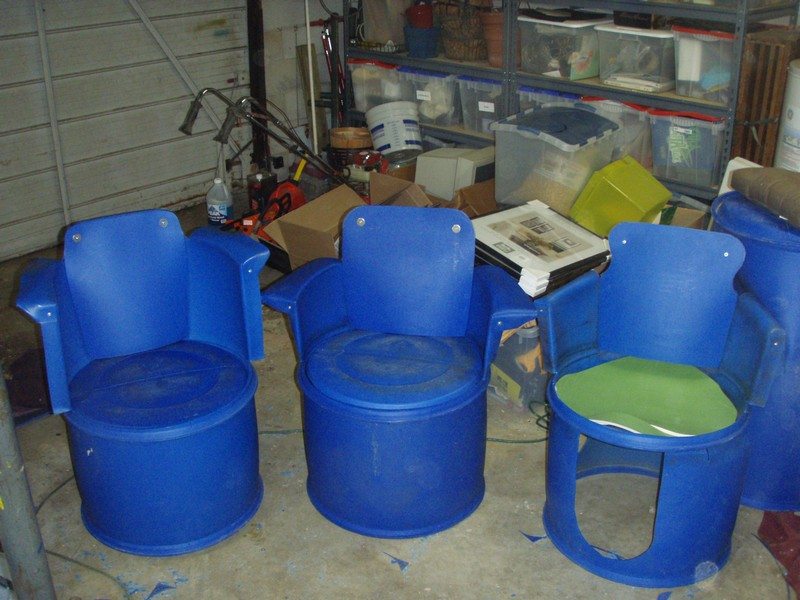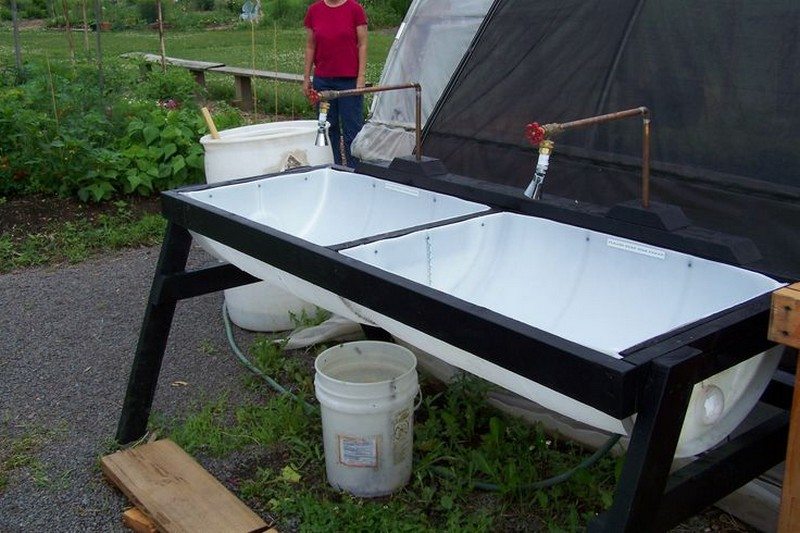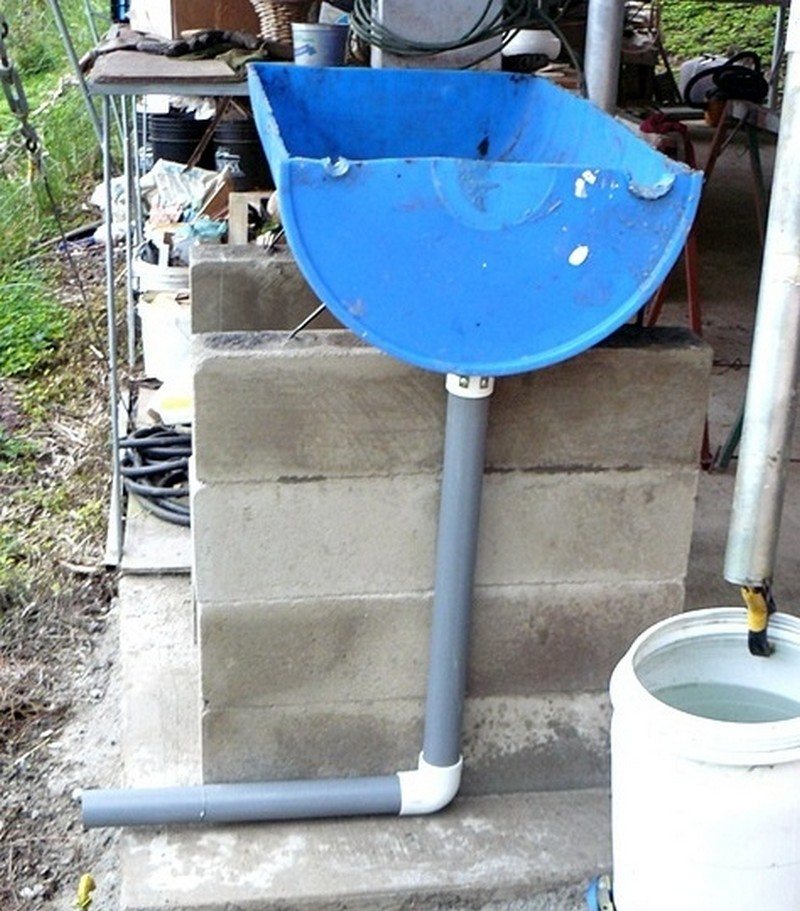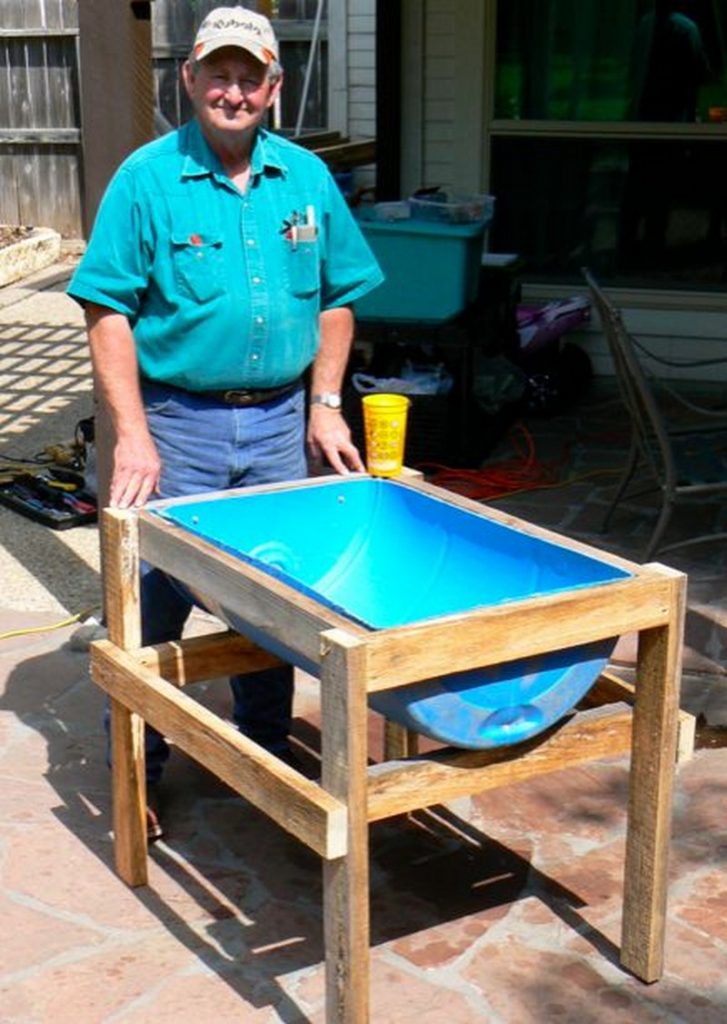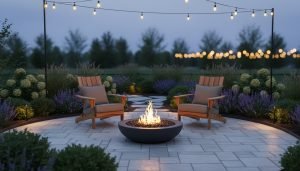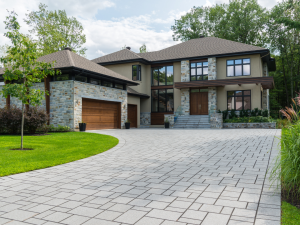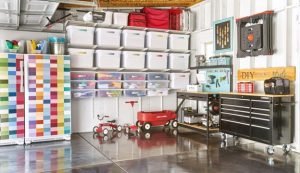Get the week's most popular posts delivered to your inbox.
Our weekly update is free yet priceless and you're less than a minute away from getting the current edition.
In the unlikely event we disappoint, you can unsubscribe with a single click!
Last Updated on January 30, 2024 by teamobn
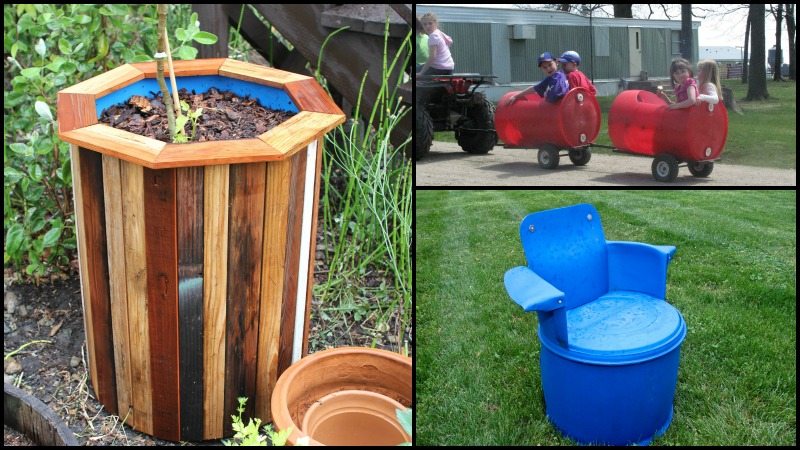
Plastic barrels are usually used for storing and selling liquids. They might be considered trash, but they can be so much more with these clever ideas! Typically strong and durable, upcycling plastic barrels is a great project for turning these containers into new objects by clever DIYers.
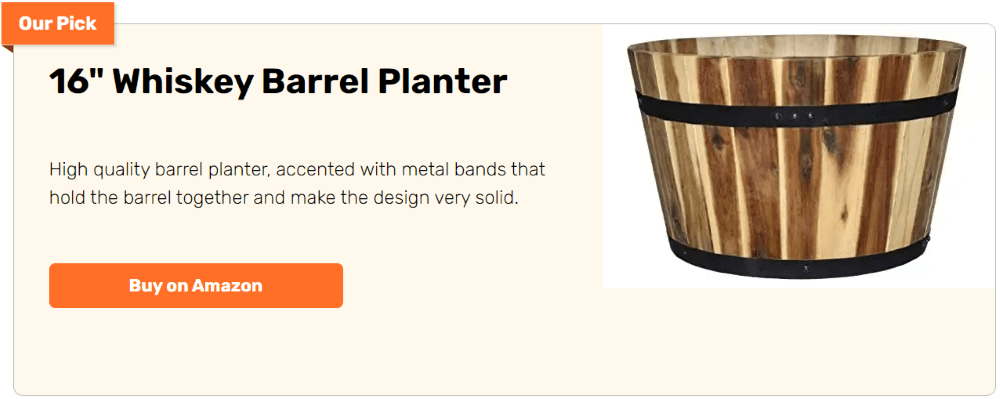
Plastic barrels are a versatile material DIY-ers can always consider when they’re in need of something for the house. It might be an item for gardening or the outdoor area, or even something the kids can use for some outdoor play. Indeed, upcycling plastic barrels are a clever alternative for often very expensive things when store-bought!
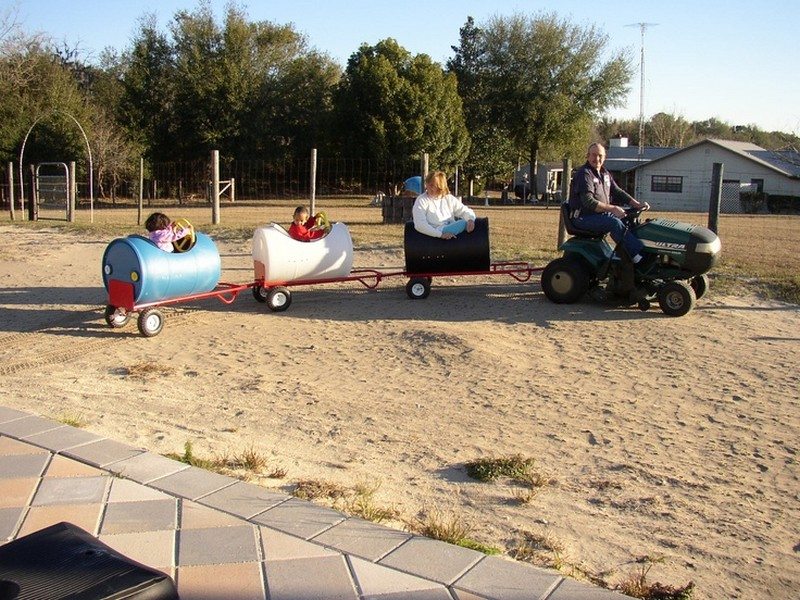
Don’t have any empty barrels or access to any? Don’t despair, just go as far as Craigslist, Gumtree, or your local Facebook ‘buy, swap and sell’. Knowing and understanding what those barrels originally contained is important as with pallets. Even then, giving them a good scrub out with detergent would be worth.
Is there any upcycling plastic barrels idea in the list below that you want to give a try? Or did we miss something? Let us know in the comments section below!
Click on any image to start the lightbox display. Use your Esc key to close the lightbox. You can also view the images as a slideshow if you prefer ![]()
Contents
- 1 Fun Upcycling Plastic Barrels Project
- 2 Safety Guide for Upcycling Plastic Barrels
- 3 Tips for Upcycling Plastic Barrels
- 4 FAQ for Upcycling Plastic Barrels
- 4.1 What are the best types of plastic barrels for upcycling?
- 4.2 How do I ensure safety while upcycling plastic barrels?
- 4.3 What tools do I need for upcycling plastic barrels?
- 4.4 Can I use upcycled plastic barrels for food-related projects?
- 4.5 What are some creative ideas for upcycling plastic barrels?
- 4.6 How can I make my upcycled plastic barrel project eco-friendly?
- 4.7 Do I need to weatherproof my upcycled plastic barrel projects?
- 4.8 How can I test the stability of my upcycled plastic barrel project?
- 4.9 Are there specific paints recommended for upcycling plastic barrels?
- 4.10 Can upcycling plastic barrels contribute to sustainability?
- 5 Conclusion
Fun Upcycling Plastic Barrels Project
Plastic Barrels as Trailer Ride
If you have a bunch of empty plastic barrels lying around the house, here is a fun way to recycle them. Create a fun ride for your kids by attaching the barrels in a row with some rope. This is one of the upcycling plastic barrels project suited for large outdoor areas.
Your kids will love the new ride and it’s a great way to get rid of that old plastic barrel.

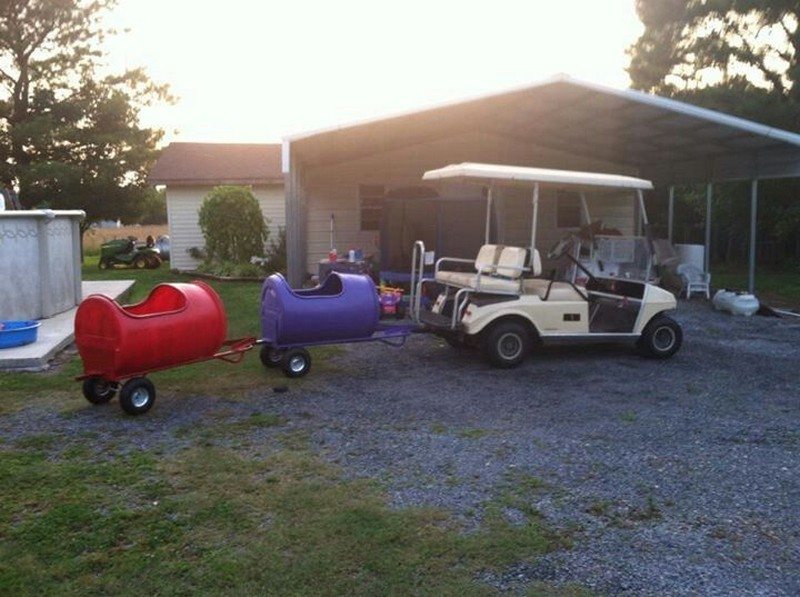
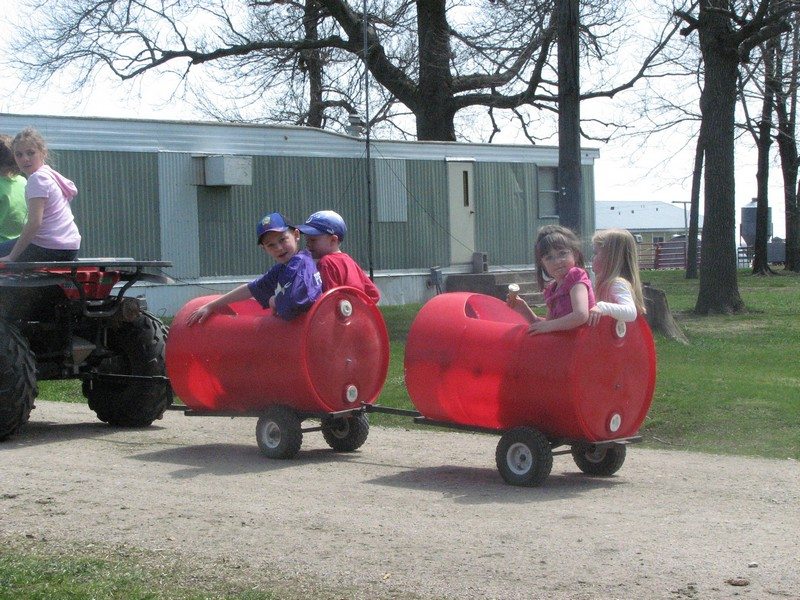
Top Bar Bee Hive
A top bar bee hive is a type of bee hive that uses a honeycomb-type frame that sits on top of a single wooden bar. It’s the oldest type of bee hive. Take up this upcycling plastic barrels project if you are interested in beekeeping.
Strictly speaking, a top bar hive does not have a bottom, although there is a solid piece of wood or plastic (the bar) that sits on top of the foundation.
With this empty plastic barrel top bar bee hive, you can harvest your honey in your backyard
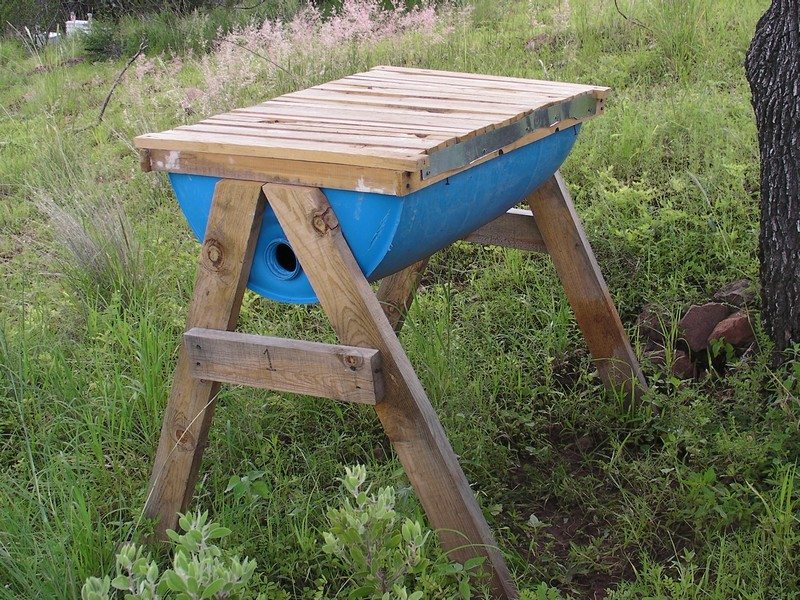
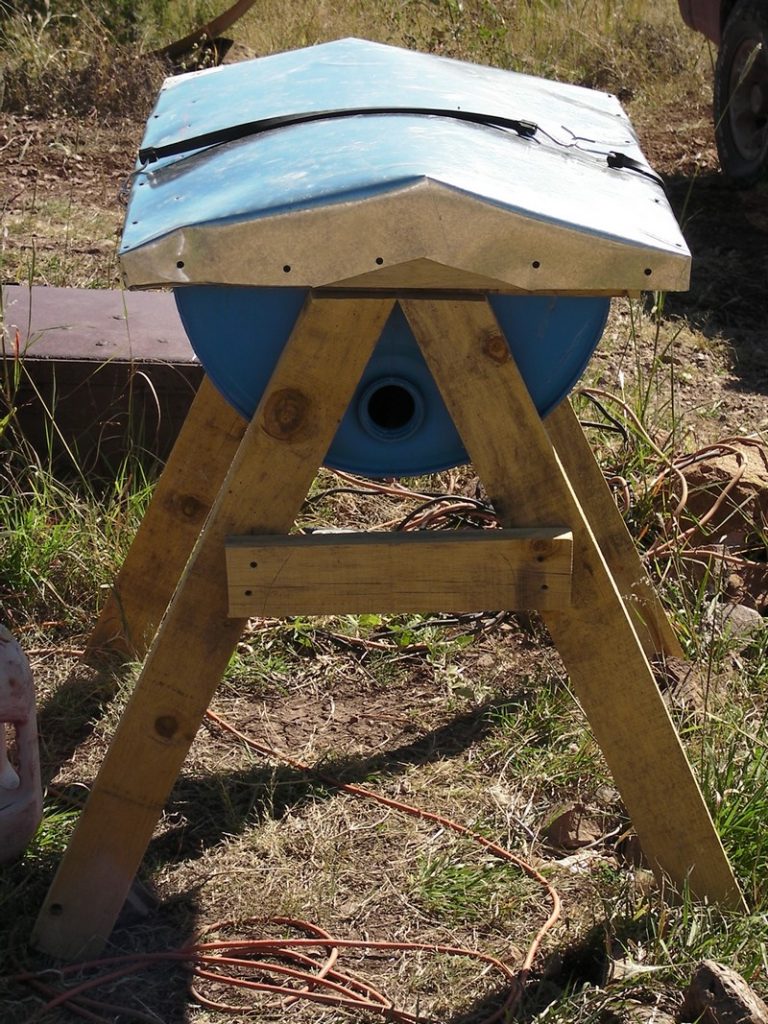
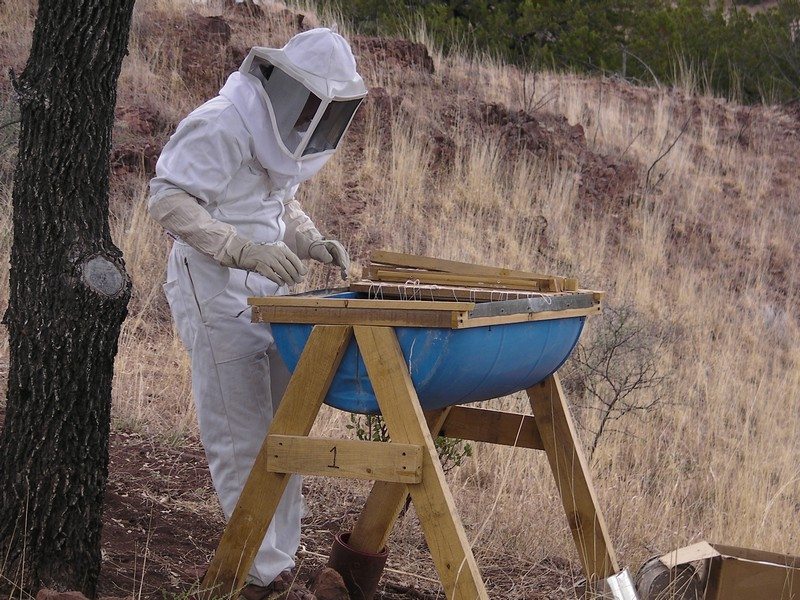
Using an empty plastic barrel as a planter is creative; it gives it an artsy look. Planters can be filled with decorative items, such as rocks, flowers, or evergreen sprigs. This is a garden upcycling plastic barrels project suited for anyone.
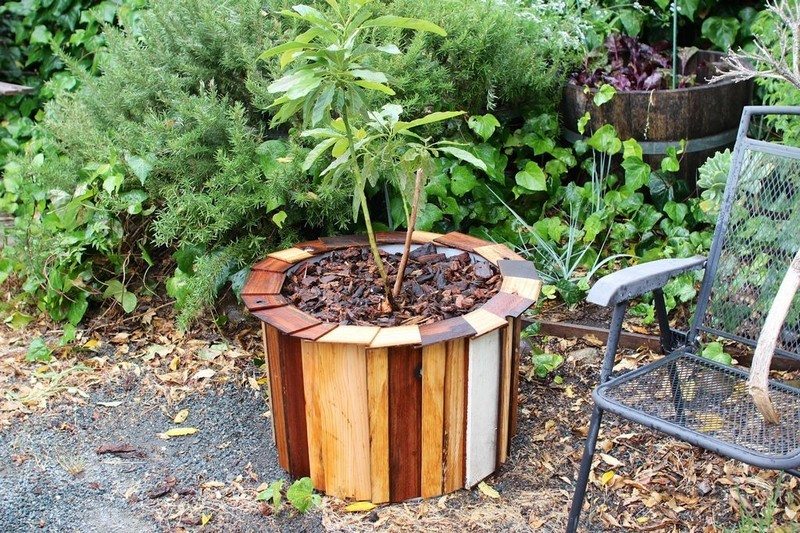
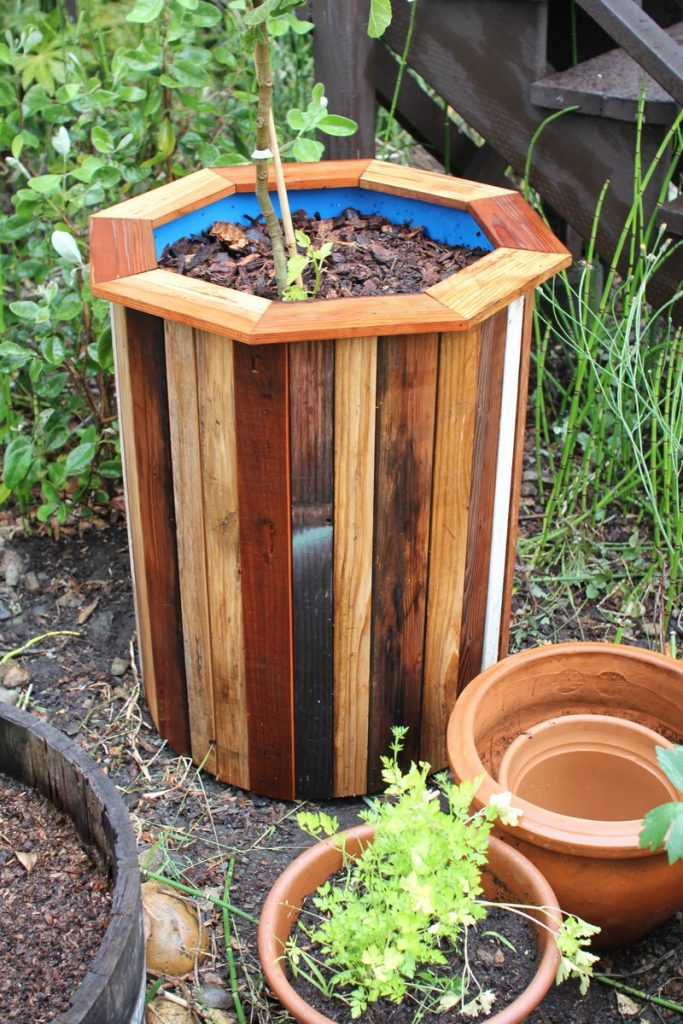
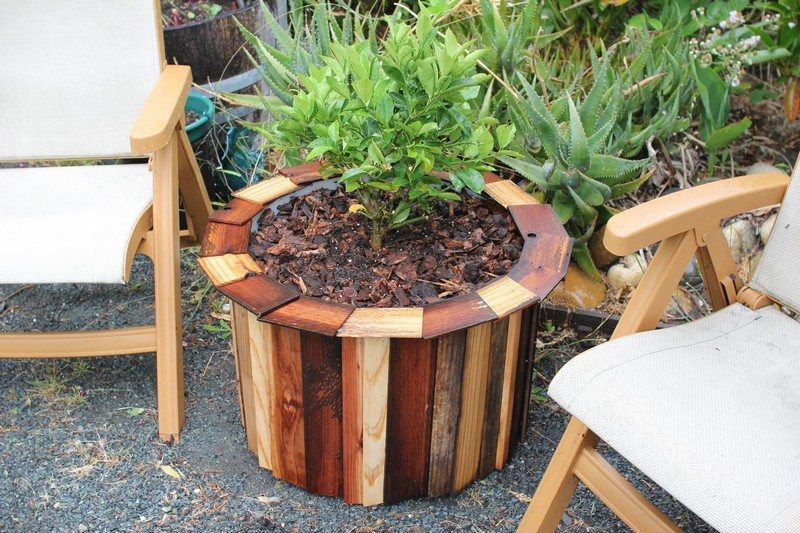
Chair
Plastic barrel chairs are popular because they are durable. They can be used outside or inside, and they can be used for many years. They are comfortable and come in various colors by painting them. They are inexpensive and easy to clean. This comfy upcycling plastic barrels project is highly flexible.
Plastic barrel chairs are popular with homeowners who are looking for a sturdy, easy to clean, and affordable chair. They are also popular with businesses and restaurants that want a strong, easy to clean, and affordable chair.
Rain Barrel
Efficient and simple, a rain barrel captures water from your roof and stores it for later use. A few gallons of water can make a big difference in your yard, whether you use it to nourish your landscaping and gardens or fill the birdbath.
Rain barrels are a simple way to save water, reduce your water bill, and promote water conservation in your town. This is one of the upcycling plastic barrels projects for a sustainable home.
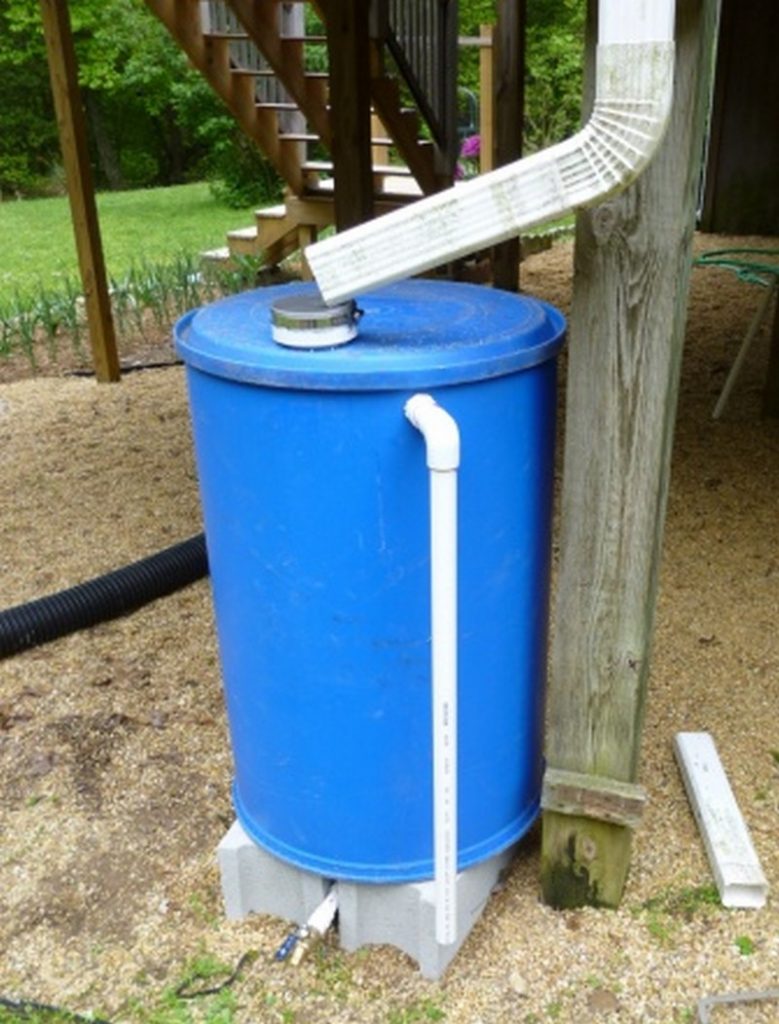
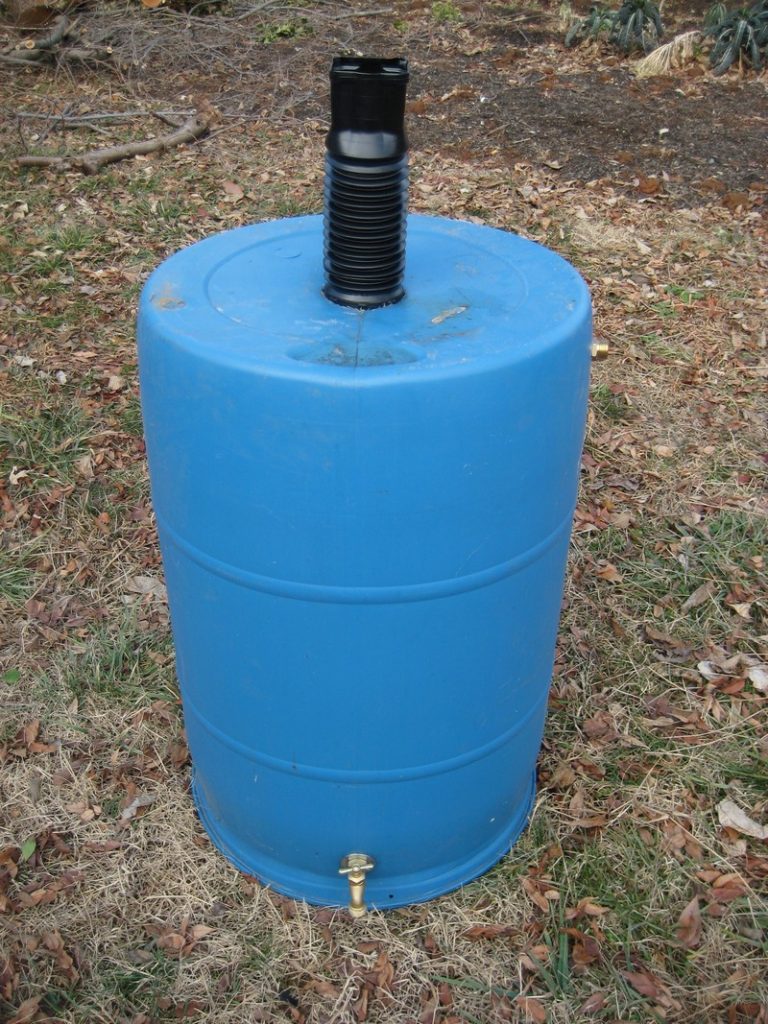
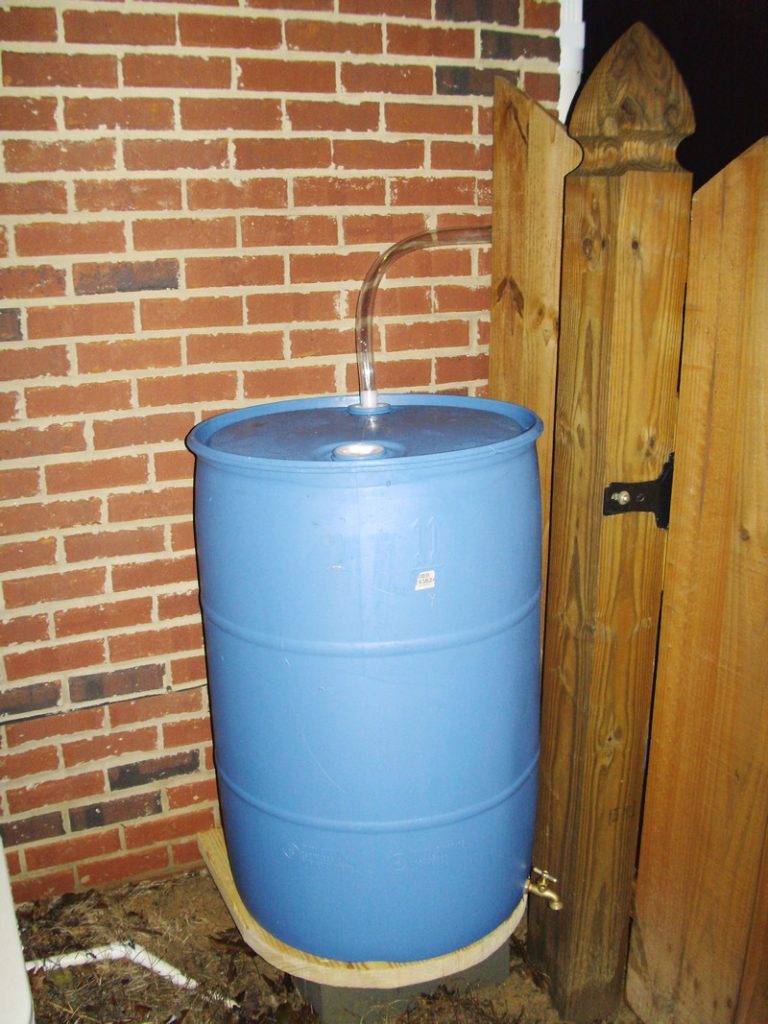
Dog House
Plastic barrels are sturdy, lightweight, easy to assemble, and portable. They are ideal as dog houses due to their waterproof nature and can be made more comfortable by filling them with bedding.
The barrels can be wrapped in plastic to make them look like barrels, or painted to look like other household items.
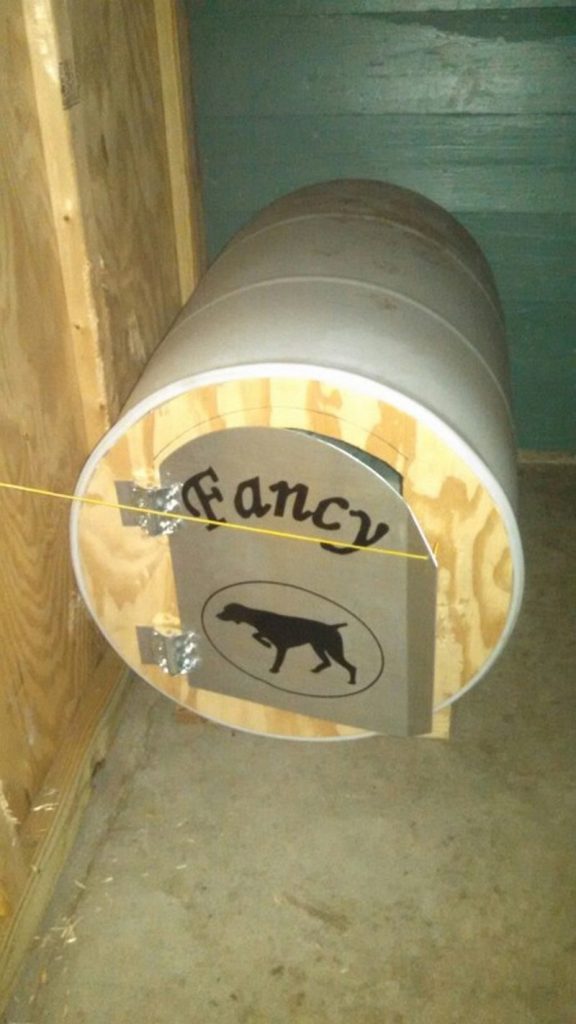
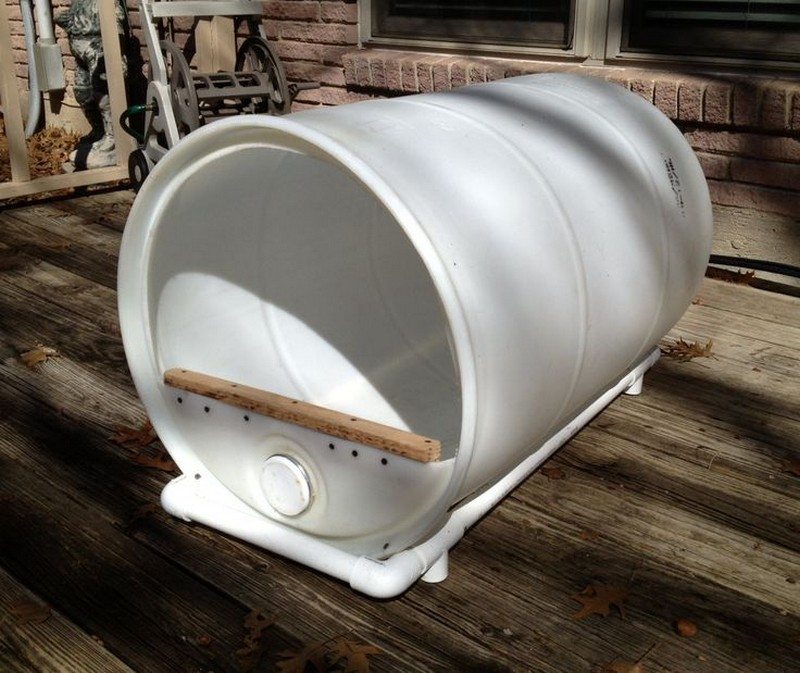
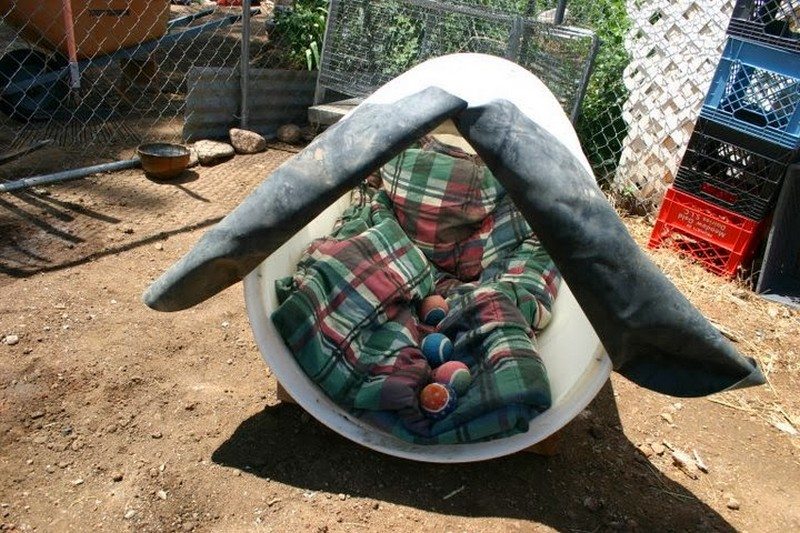
These plastic strawberry planters are a great alternative to traditional plastic strawberry pots. They offer a lot of advantages over plastic strawberry buckets. They are great for gardens, offices, porches, balconies, patios, terraces, and balconies.
They are lightweight, so they’re easy to carry, and they protect your plants from moisture. You can plant them anywhere, and you don’t have to move them.
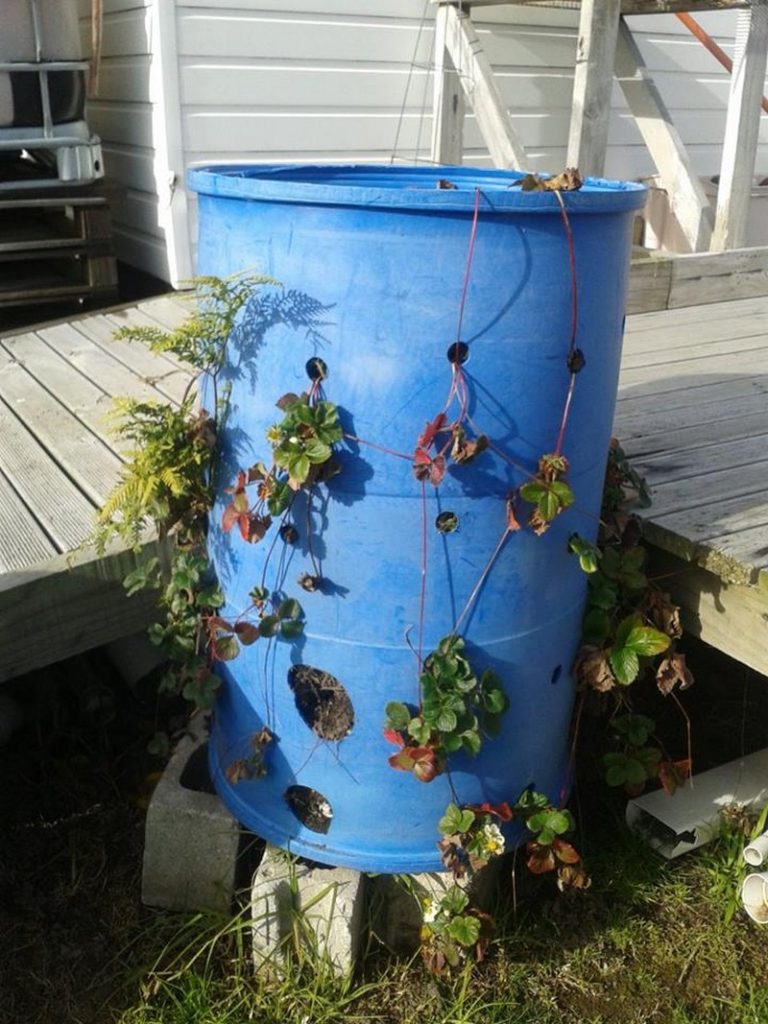
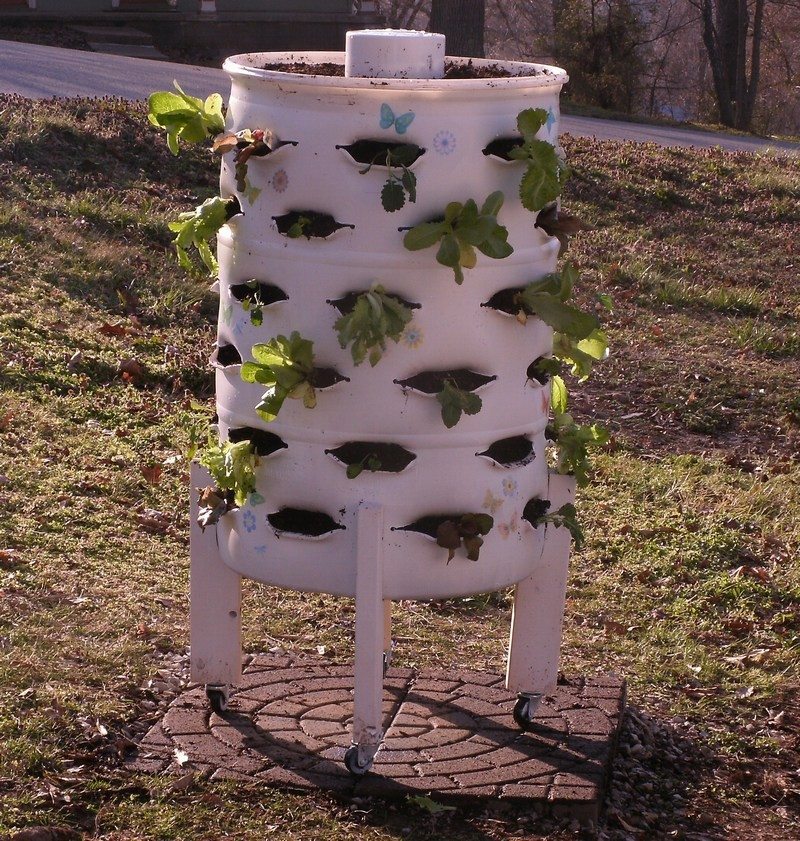
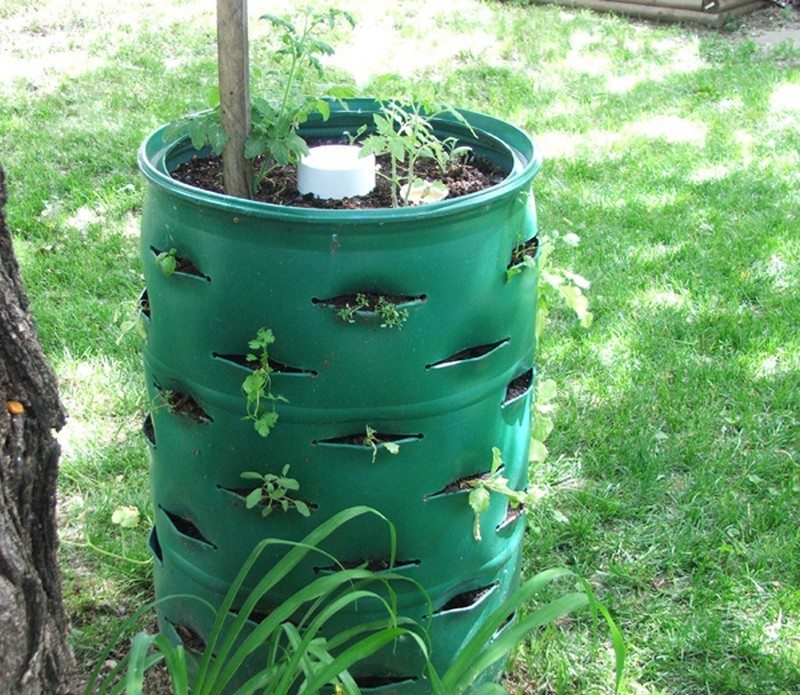
Sink/Washing Station
One of the advantages of a plastic barrel sink or wash station is its lightweight, which is particularly great when you are moving it to another place.
You need minimal effort to lift the wash station, which is good if you are a senior citizen or have a physical disability. Also, the plastic barrel sink or wash station is easy to clean.
The Soap Box Derby is a fun activity for kids that can help promote creativity and basic engineering principles. An ideal start for young minds, the Soap Box Derby teaches the practical application of math, physics, and design skills.
If you’re a parent or teacher, we hope you’ll take a look at the many benefits of building a Soap Box Derby cart using empty plastic barrels.
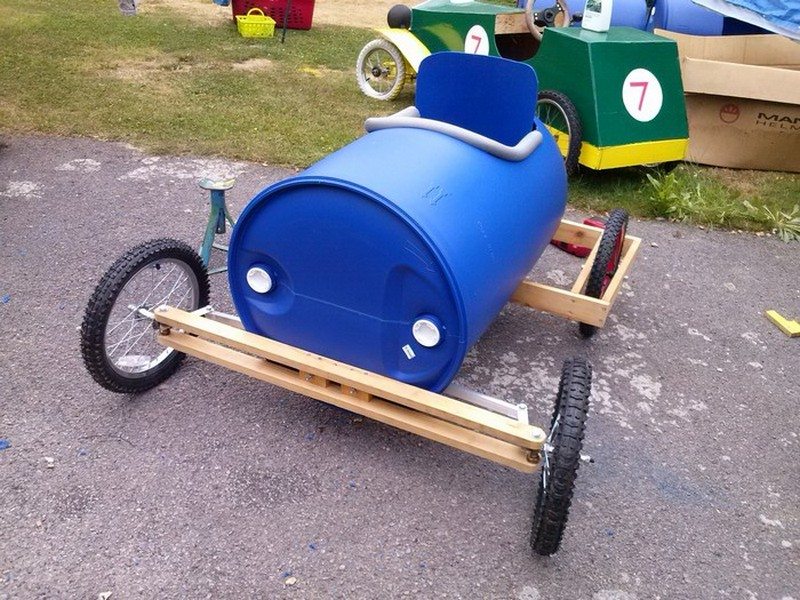
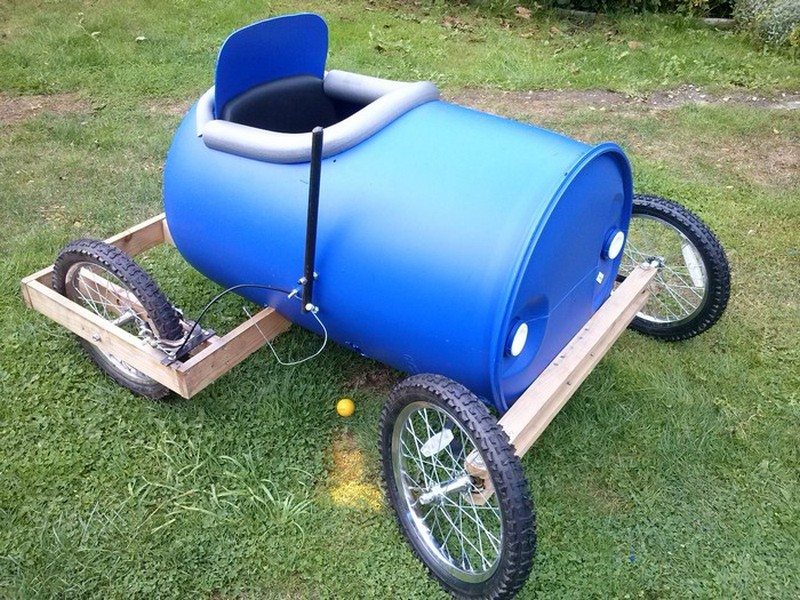
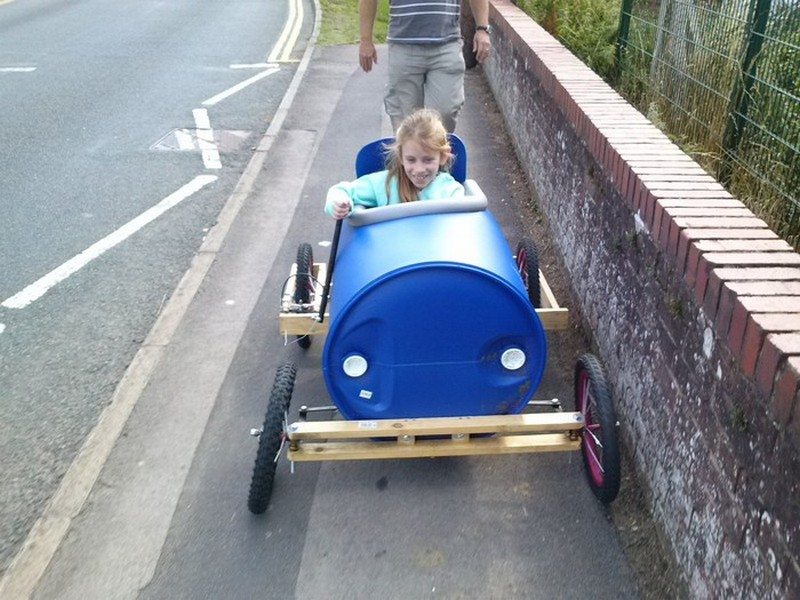
Safety Guide for Upcycling Plastic Barrels
Upcycling plastic barrels is a fantastic way to repurpose waste into useful items. However, it’s crucial to prioritize safety. This guide will cover key safety aspects to ensure your upcycling project is creative and safe.
Know the Barrel’s History
Understanding the past use of a plastic barrel is crucial for safe upcycling plastic barrels projects. Barrels that hold chemicals, oils, or other hazardous substances pose risks. These barrels might have residues that are difficult to remove completely.
Contact the supplier or manufacturer to verify the barrel’s contents. If the barrel stores food-grade materials or water, it’s generally safe for most projects. This step ensures no harmful chemicals leach into the soil or air for items like planters or furniture.
Always err on the side of caution. If the barrel’s history is unclear, finding another barrel with a known and safe background is better.
Cleaning and Preparing
Cleaning is a vital step in upcycling plastic barrels. Start by removing any labels or adhesive residues. Use a mild, eco-friendly detergent and warm water for the initial wash.
Consider using a scrub brush to reach inside and around the grooves for thorough cleaning. Rinse the barrel multiple times to ensure all soap is removed. For barrels previously used for food storage, a final rinse with a vinegar solution can help neutralize odors.
Allow the barrel to dry completely before starting your project. This step ensures safety and improves the adherence of paints or other modifications. If you’re uncertain about cleaning effectiveness, especially for barrels with unknown pasts, repurpose them for non-food-related projects like tool storage or decorative items.
Cutting and Modifying
Your safety is paramount When cutting or drilling into plastic barrels. Always wear the right protective gear. This includes sturdy safety goggles to protect your eyes from flying plastic shards, which can be unexpectedly sharp and dangerous.
Thick gloves are essential to safeguard your hands both from the cutting tools and the sharp edges of the cut plastic. Additionally, a dust mask is crucial. Cutting plastic can produce fine dust that is harmful if inhaled. To minimize this risk, always work in a well-ventilated area. This could be outdoors or in a space with good airflow.
Secure the barrel properly to prevent it from moving while cutting or drilling. This ensures precision in your work and reduces the risk of accidents. Taking these safety measures seriously is vital when modifying plastic barrels, ensuring a safe and enjoyable upcycling process.
Painting and Decorating
When it comes to painting and decorating plastic barrels, choosing the right materials is key for both safety and environmental reasons. Opt for non-toxic, environmentally friendly paints. These paints are safer for use, especially in projects where the upcycled barrels will be in contact with soil, and plants, or used indoors.
Good ventilation is crucial throughout the painting process and as the paint dries. If working indoors, open windows or use fans to circulate the air. This reduces the inhalation of fumes and aids in quicker, more even drying of the paint. Consider using primers and sealants that are also environmentally friendly to ensure the longevity of your paint job.
Additionally, when decorating, be mindful of using safe adhesives and decorations that won’t leach harmful substances. The right choices in painting and decorating make your upcycled plastic barrels safe and contribute positively to your indoor air quality and the environment.
Structural Stability
Maintaining the structural integrity of upcycled plastic barrels is critical, especially when they’re repurposed for furniture or playground equipment. Begin by assessing the strength and condition of the barrel. Check for any cracks, weak spots, or signs of wear that could affect its durability.
When creating furniture, ensure the barrel can support weight without buckling. Use reinforcements like wooden planks or metal braces if needed. For playground equipment, the barrel must withstand weight, movement, and impact. Conduct thorough stability tests before allowing regular use. This can include applying weight or pressure to different parts of the barrel. If the project involves joining multiple barrels, ensure the connections are secure and robust.
Regular maintenance checks are important to identify any developing issues early. Safety should always be the priority in any upcycling project involving plastic barrels.
Child Safety
When upcycling plastic barrels for children’s use, prioritize safety. First, eliminate any sharp edges. This can involve sanding down cut areas or using edge guards. Avoid designs with small detachable parts to reduce choking hazards.
The stability of the finished product is paramount. Ensure it’s well-balanced and won’t tip over easily, especially if children are likely to climb on or lean against it. For items like stools or chairs, ensure they are low enough to prevent serious injury if a child falls. Regularly inspect the upcycled item for wear and tear. Look for loose parts, cracks, or any signs of weakening.
This is particularly important for outdoor items that are exposed to the elements. Child-friendly paint and finishes should be used, avoiding substances that could be harmful if ingested or touched. Keeping these safety considerations in mind ensures that upcycled plastic barrels provide fun and utility and a safe environment for children.
Tips for Upcycling Plastic Barrels
Upcycling plastic barrels is a creative and eco-friendly way to repurpose these versatile items. With the right approach, you can transform them into useful, stylish, and sustainable products. Here are some key tips to help you get the most out of your plastic barrel upcycling projects.
Choose the Right Barrel
Selecting the right barrel is the first crucial step in your upcycling project. Inspect the barrels carefully for physical integrity. Barrels should be and free from cracks, significant dents, or structural weaknesses. This is important for both the safety and longevity of your upcycled item.
Ensure that the barrels are not used to store toxic or harmful substances, as this could pose health risks. Barrels that contain food-grade materials are usually the safest choice.
These barrels are less likely to have residues that could be harmful or difficult to remove. Sometimes, you can find information about the barrel’s previous contents labeled on its surface. Choosing the right barrel lays a safe and solid foundation for your upcycling project.
Plan Your Project
Effective planning is key to a successful upcycling project. Before you start modifying your barrel, take time to outline your project. Sketch your design ideas or create detailed plans. This helps visualize the end product and identify any potential design issues before they arise.
Consider the function and placement of the finished product. Will it be used indoors or outdoors? Does it need to support weight, like a chair or shelf? Answering these questions can guide your design process. Gather inspiration from existing projects or tutorials. A clear plan ensures you’re prepared with the right approach and materials, reducing the likelihood of mistakes.
Gather Appropriate Tools
Having the correct tools at hand is essential for effectively transforming plastic barrels. For cutting, sturdy saws designed for plastic are ideal. Drills with appropriate bits are necessary for making holes or joining parts. Sandpaper is crucial for smoothing cut edges, enhancing your project’s safety and aesthetics.
Gather quality paintbrushes and suitable sealants if your design involves painting or sealing the barrel. Check the condition of your tools before starting. Dull blades or faulty equipment can make the project more difficult and dangerous. Proper tools not only make the work easier but also ensure a higher quality finish on your upcycled plastic barrel.
Prioritize Safety
Safety should always be the top priority in upcycling plastic barrels. It’s essential to wear protective gear, including sturdy gloves, safety goggles, and masks, to safeguard against potential hazards. These precautions are vital when cutting, painting, or applying chemicals to plastic barrels.
Work in a well-ventilated area to prevent the inhalation of dust or fumes. This is particularly important when painting upcycled plastic barrels or applying sealants. Adhere strictly to safety guidelines related to using tools and handling materials. By prioritizing safety, you protect yourself and ensure that your upcycling project is a success.
Be Creative with Design
When it comes to upcycling plastic barrels, creativity is your greatest asset. Explore innovative uses for these versatile materials. Upcycled plastic barrels offer endless possibilities, from creating unique pieces of furniture to crafting functional planters and stylish storage containers.
Experiment with different colors, patterns, and embellishments to give your upcycled plastic barrel a personal touch. This creative process adds aesthetic value and extends the barrel’s life, contributing to sustainable living practices. Let your imagination guide you in transforming these ordinary barrels into extraordinary creations.
Test for Stability
Testing for stability and durability is crucial in upcycling plastic barrels, especially when creating furniture or other functional items. Ensure the upcycled item can safely support the intended weight and withstand regular usage. For instance, an upcycled plastic barrel chair should be stable enough to hold weight without tipping or breaking.
If necessary, reinforce the structure with additional materials like wood or metal. Regularly check the stability of your upcycled plastic barrel projects, particularly those used frequently or exposed to varying environmental conditions. This attention to stability guarantees the users’ safety and enhances the quality and longevity of your upcycled plastic barrel creations.
Consider Weatherproofing
When upcycling plastic barrels for outdoor projects, weatherproofing is a critical step. The varying outdoor conditions can affect the longevity and appearance of your upcycled creation.
Choose paints and sealants that are specifically designed for outdoor use. These products will help protect your upcycled plastic barrels from elements like rain, sun, and temperature changes. Apply a weather-resistant primer before painting to enhance durability.
If the upcycled plastic barrel will be used as a planter, consider drainage and how it might affect the paint or sealant. Regular maintenance, such as a fresh coat of sealant or paint, can further extend the life of your upcycled plastic barrels, ensuring they remain functional and visually appealing for years.
Eco-Friendly Practices
Adopting eco-friendly practices is essential when upcycling plastic barrels. Choosing sustainable materials and non-toxic paints creates a safer product and contributes positively to the environment. Use paints low in volatile organic compounds (VOCs) to minimize environmental impact and ensure indoor air quality.
Consider the entire lifecycle of your upcycled plastic barrel project. Aim to use materials that are either recyclable or biodegradable for any additional components. Explore natural alternatives for decoration, such as using plant-based dyes or reclaimed wood.
By prioritizing eco-friendly practices in upcycling plastic barrels, you repurpose waste and advocate for a sustainable and healthier planet. This approach highlights the true essence of upcycling – creating value while respecting and protecting the environment.
FAQ for Upcycling Plastic Barrels
What are the best types of plastic barrels for upcycling?
How do I ensure safety while upcycling plastic barrels?
What tools do I need for upcycling plastic barrels?
Can I use upcycled plastic barrels for food-related projects?
What are some creative ideas for upcycling plastic barrels?
How can I make my upcycled plastic barrel project eco-friendly?
Do I need to weatherproof my upcycled plastic barrel projects?
How can I test the stability of my upcycled plastic barrel project?
Are there specific paints recommended for upcycling plastic barrels?
Can upcycling plastic barrels contribute to sustainability?
Conclusion
Upcycling plastic barrels presents a unique opportunity to blend creativity with environmental responsibility. Through this sustainable practice, we are reducing waste and creating functional, stylish, and eco-friendly items.
If you liked these, you will also like viewing these recycling and upcycling ideas…
Get the week's most popular posts delivered to your inbox.
Our weekly update is free yet priceless and you're less than a minute away from getting the current edition.
In the unlikely event we disappoint, you can unsubscribe with a single click!

